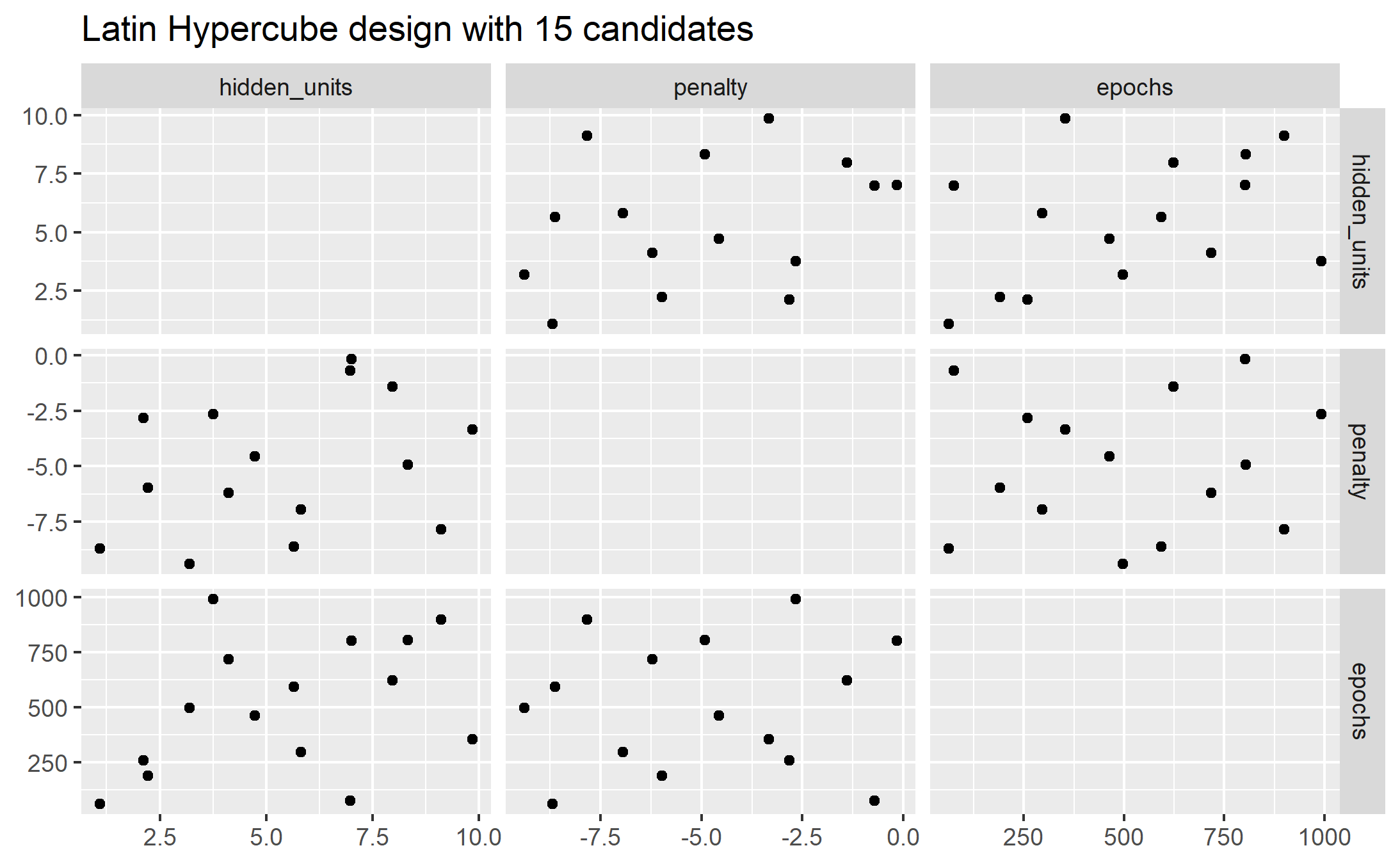

design is an effective method to solve the problem, which utilizes the original. The discussion starts with the early developments in optimization of the point selection and goes all the way to the pitfalls of the indiscriminate use of Latin hypercube designs. Keywords: Latin hypercube sampling Sequential method Metamodel. Random designs, Stratified designs and Latin Hypercube designs are common. The best design based on the centered discrepancy is constantly updated. Keywords: Computer Experiments, Latin Hypercube, Mean Square Prediction Error. This paper provides a tutorial on Latin hypercube design of experiments, highlighting potential reasons of its widespread use. A Latin hypercube sample 1 generates n points. Among the strategies devised for computer experiments, Latin hypercube designs have become particularly popular.

The first step for a successful surrogate modeling and statistical analysis is the planning of the input configuration that is used to exercise the simulation code. While in dimension one the unique uniform design is.
LATIN HYPERCUBE DESIGN CODE
Generally, when simulations are time consuming, a surrogate model replaces the computer code in further studies (e.g., optimization, sensitivity analysis, etc.). The expectation and variance of Latin hypercube designs are significantly lower than that of random designs. A Latin hyper- cube design LH(n, m), is an n × m matrix whose columns are permutations of. M sample points are then placed to satisfy the Latin HyperCube requirements. When sampling a design space of N variables, the range of each variable is divided into M equally probable intervals. way that each of the d dimensions is divided into p equal levels (sometimes called bins) and that there is. the design is uniformly spread when projected into the univariate space of each input variable. A Latin HyperCube DOE, categorized as a space filling DOE, is the generalization of this concept to an arbitrary number of dimensions. A Latin hypercube design is constructed in such a. The growing power of computers enabled techniques created for design and analysis of simulations to be applied to a large spectrum of problems and to reach high level of acceptance among practitioners. Latin hypercube designs are widely used for computer experiments. The Latin hypercube design (LHD) was developed to ensure a uniform marginal distribution for each individual variable, i.e. A randomly generated Latin hypercube design (LHD) can be quite structured: the variables may be highly correlated or the design may not have good space-lling prop-erties.


 0 kommentar(er)
0 kommentar(er)
